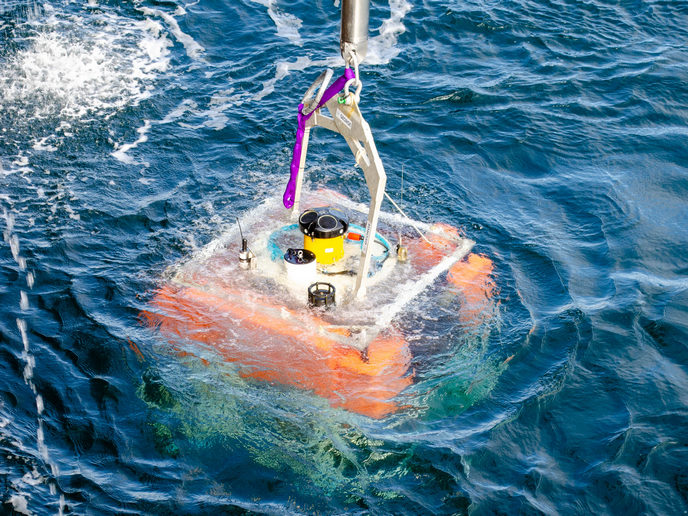Facilitating cooperative research across the Arctic
While the impact of climate change is felt the world over, it is most pronounced in the Arctic. Here, the climate is warming three times faster than the global average. This accelerated change is having unprecedented and unpredictable consequences – consequences that, due to interconnected atmospheric and ocean circulations, are being felt across the globe. “The Arctic is a uniquely transnational region where changes have a global impact and solutions require international cooperation,” says Margareta Johansson, an associate professor of Physical Geography and Ecosystem Science at Lund University(opens in new window) in Sweden. With the support of the INTERACT(opens in new window) project, Johansson is leading an effort to facilitate such international cooperation.
Pooling resources
The project seeks to build capacity for research and monitoring across the Arctic, as well as in adjacent high alpine and boreal areas. It offers access to a network of 74 terrestrial research stations located in most Arctic countries, northern Europe and northern alpine areas, as well as in subarctic boreal areas. “A vast and sparsely populated region, observing the environmental changes happening in the Arctic remains a challenge,” explains Johansson. “We intend to overcome this challenge by providing researchers with the state-of-the-art facilities they need to work together in identifying, understanding, predicting and responding to these changes.” To date, more than 1 000 scientists from around the world have conducted collaborative research through the INTERACT network. Among the outcomes of this research is the discovery of a new bumblebee species. Other initiatives funded through the project have focused on evaluating the use of radar and remote sensing, studying greenhouse gas dynamics in the subarctic, seeing how snow cover insulates permafrost soils, and looking at the impact climate change has on indigenous peoples. One unique feature of the network is its transnational access pool, where station managers can return unused funds that can then be used by another station with higher demand. “This is a good example of how all our partners help each other and are focused not on individual benefits, but rather on the greater good,” notes Johansson.
Shared results
A central goal of the INTERACT project is to ensure this type of research doesn’t happen in silos. That’s why, in addition to networking the research centres themselves, the project facilitates the sharing of data and results through its data portal. INTERACT also regularly publishes informative articles on such urgent societal challenges in the Arctic as extreme weather events, Arctic tourism and reducing plastic consumption and pollution. Through its Station Manager Forum, the project can build cooperation among research stations in an advanced infrastructure community, resulting in the sharing of best practices. It also creates bridges between these advanced infrastructure and scientific communities and industries, local communities and infrastructures in other regions. To ensure that this spirit of international collaboration continues even when the project itself is finished, the project partners have established a non-profit association to ensure the long-term sustainability of the network. “INTERACT’s role as the basic building block for future research and monitoring of the terrestrial Arctic and adjacent high alpine and boreal areas has been internationally recognised, and we hope that future opportunities will be made available through the non-profit association,” concludes Johansson.







